The answer was simple: HYT had entered the weird world of microfluidics, where nothing is as expected. Microfluidics is the study of how tiny amounts of fluid, like the 0.5 ml of fluid used in the H1, can be used in various applications. One tenet of microfluidics is that seemingly insignificant factors, a slight change in atmospheric pressure, for instance, can have a major effect on how the liquid behaves. As of 2012, HYT had faced down many microfluidic bogeymen, but some remained.
The company toiled away on H1 for another year and a half. By the fall of 2013, the watch was ready, this time for real. The problems, which centered on the effects of temperature and pressure changes, had been resolved.
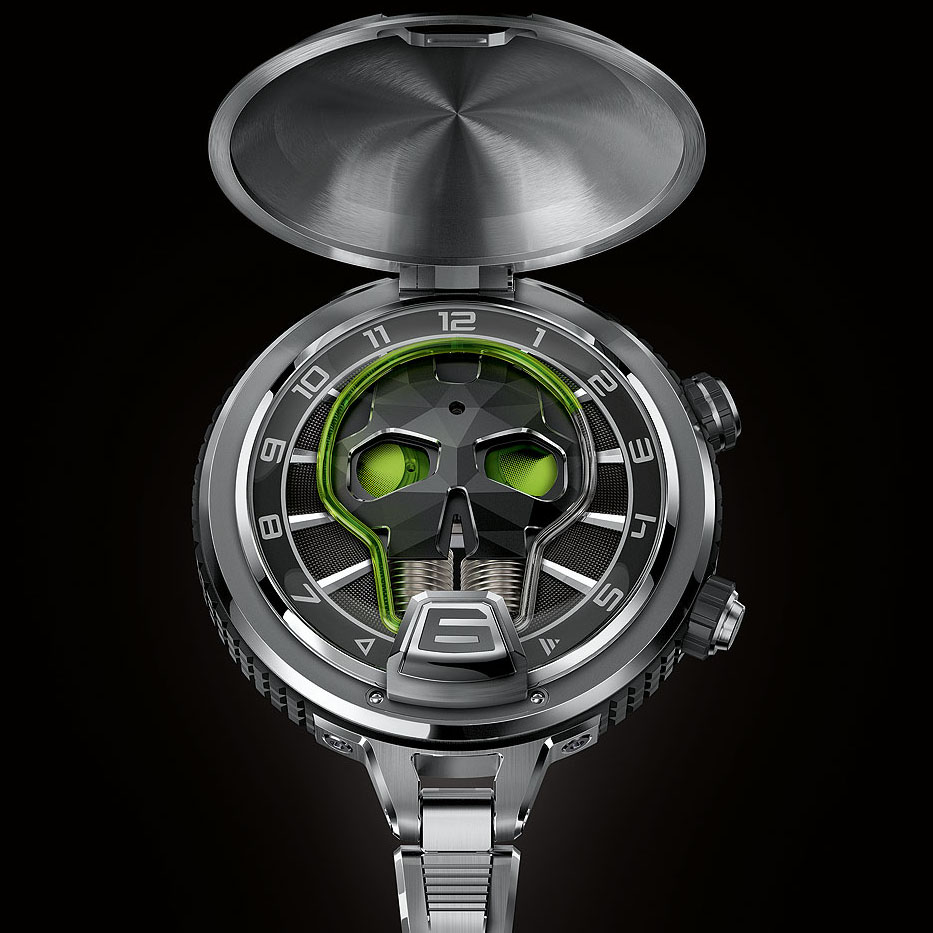
Since then, HYT has launched an H2, an H3, and an H4, as well as a quirky (even for HYT) model called the Skull and its first pocketwatch – also a Skull. (It has also extended its palette of liquid colors to include blue and red.) Distribution has grown to about 70 points of sale worldwide. The company, which made about 400 watches 2015, has reached the break-even point, and is researching ways to use two or even three liquid displays in a single watch. More importantly, from its investors’ perspective, HYT is working on ways to apply the solutions it has devised to the larger and more lucrative world of medical devices. HYT’s walk on the wild side seems to be taking it somewhere.
Fourteen years ago, when the liquid-watch idea was born, the odds seemed long: the idea of a watch displaying the time by means of a liquid-filled tube was just too zany. The concept was the brainchild of Vouillamoz, a nuclear engineer by training and an inventor. He was determined to find a way to translate the concept of a clepsydra, or water clock, into a watch. Vouillamoz got financial backing from Berdoz, who believed that Vouillamoz’s micro-fluids idea, once it was perfected and incorporated into a precisely running timepiece, might have applications in Berdoz’s own field: medical devices. Specifically, he thought it could be used for injecting drugs.
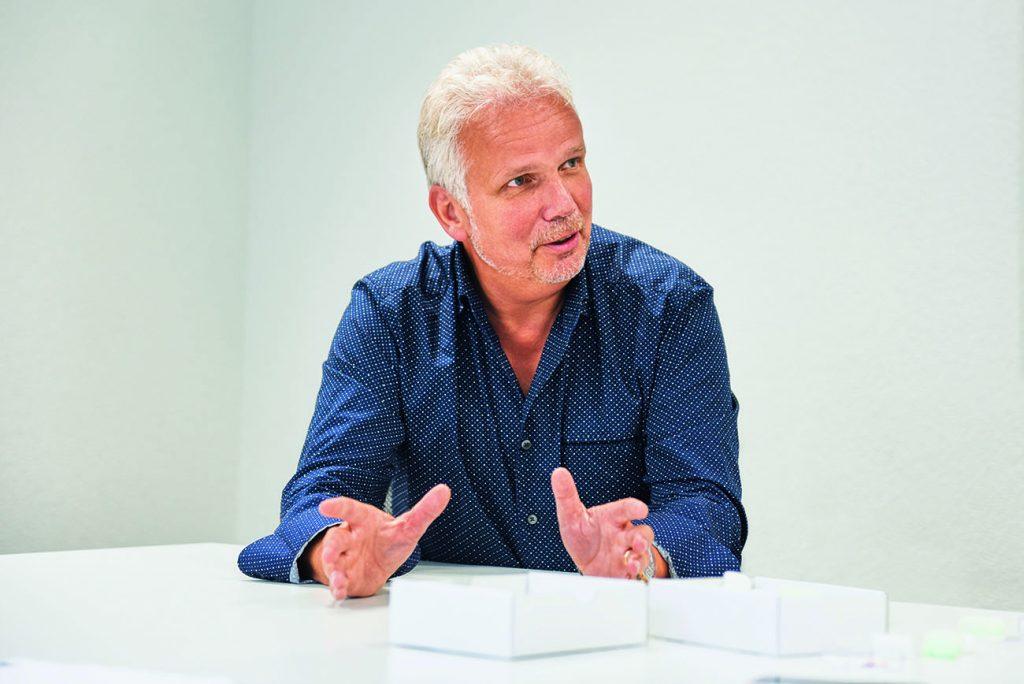
By 2009, Vouillamoz had developed a prototype consisting of a quartz ETA movement paired with a liquid display. He was ready to take the next step: realizing his invention in a commercially produced watch. One day while web surfing, he came across a reference to Perriard and a watch that he had launched while CEO of Concord. The watch, the C1 Quantum Gravity, displayed the power reserve using green fluid contained in a vertical cylinder. Lightning struck: Vouillamoz had found a soul mate, a rare, fellow believer in liquid watch displays. The two men met. “He showed me the prototype, like a crazy inventor,” Perriard recalls. “He said, ‘I can bring you the technology to go much beyond what you have done with Concord. We could create something together.’”
As it happened, just one day before the meeting, Perriard had left his job as CEO of the TechnoMarine watch brand, where he had spent the prior 18 months, after his stint at Concord. Perriard loved far-out watch designs, as he had proved at Concord, and he loved watch marketing. “I said, ‘Why not? This is crazy, and it is really my fantasy, to create something completely unique,’” Perriard says. “They’re not supposed to be seen together, liquids and mechanics.”


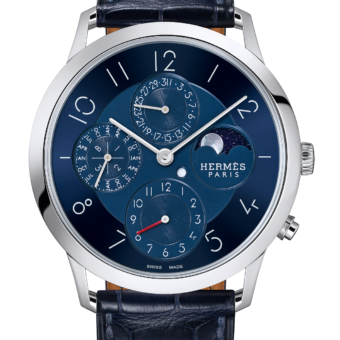
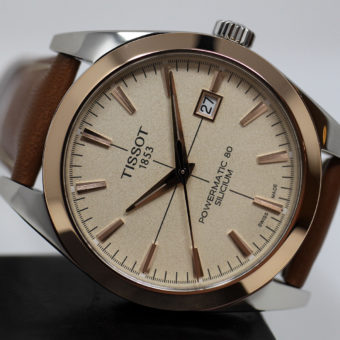
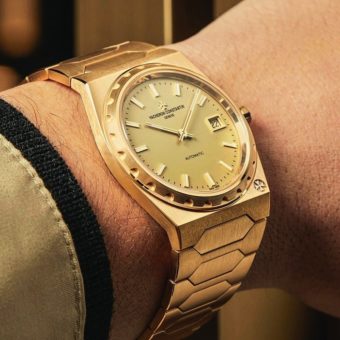
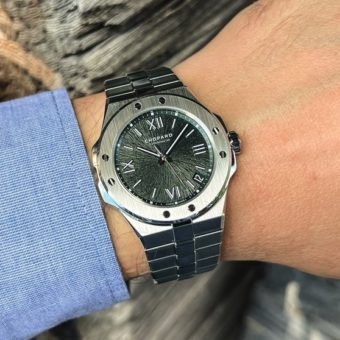

Enjoyed your fine write-up on HYT Watches along with the great pictures immensely.
Thanks Norma!
The design of this product is outstanding. The only question is, when you have a problem with the watch where do you send it an HOW much time might it take to get it fixed an back?. Thank’s.